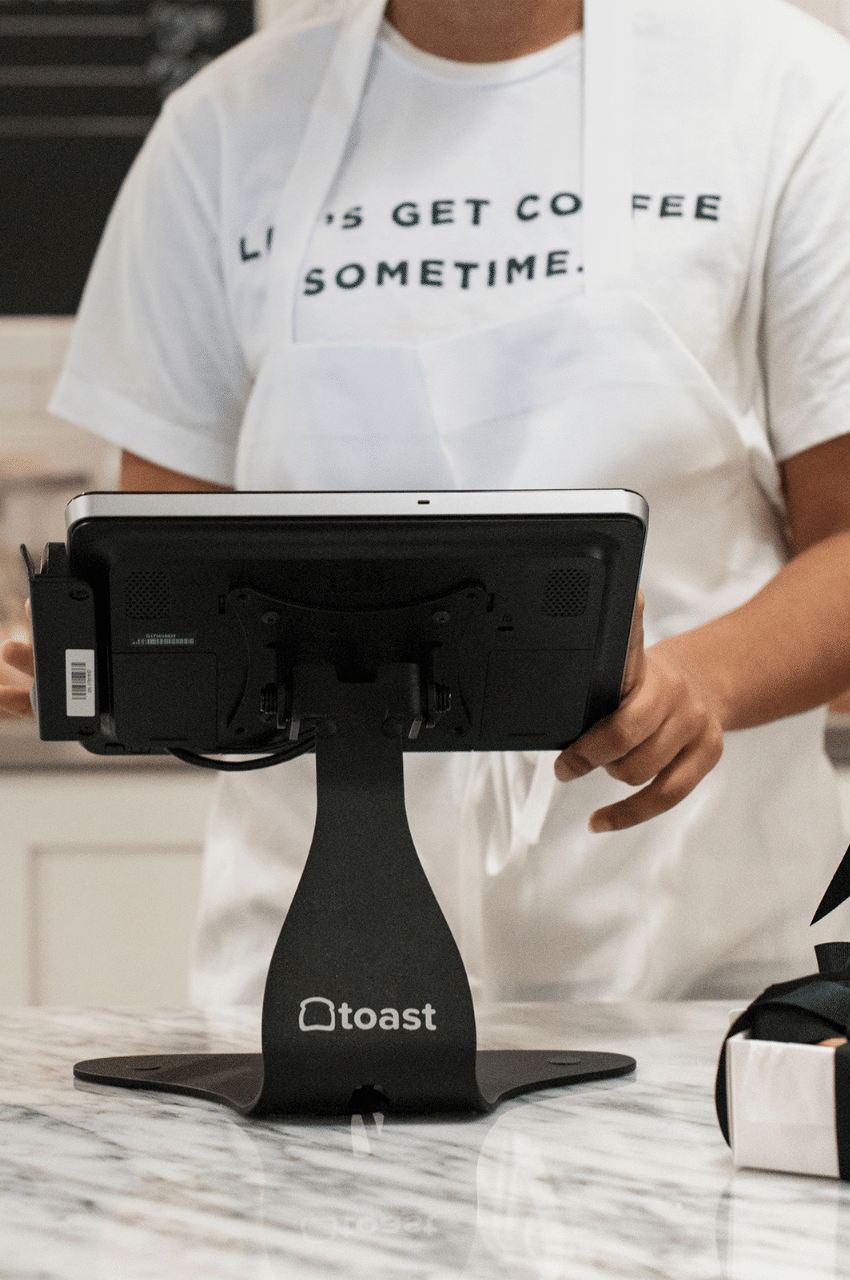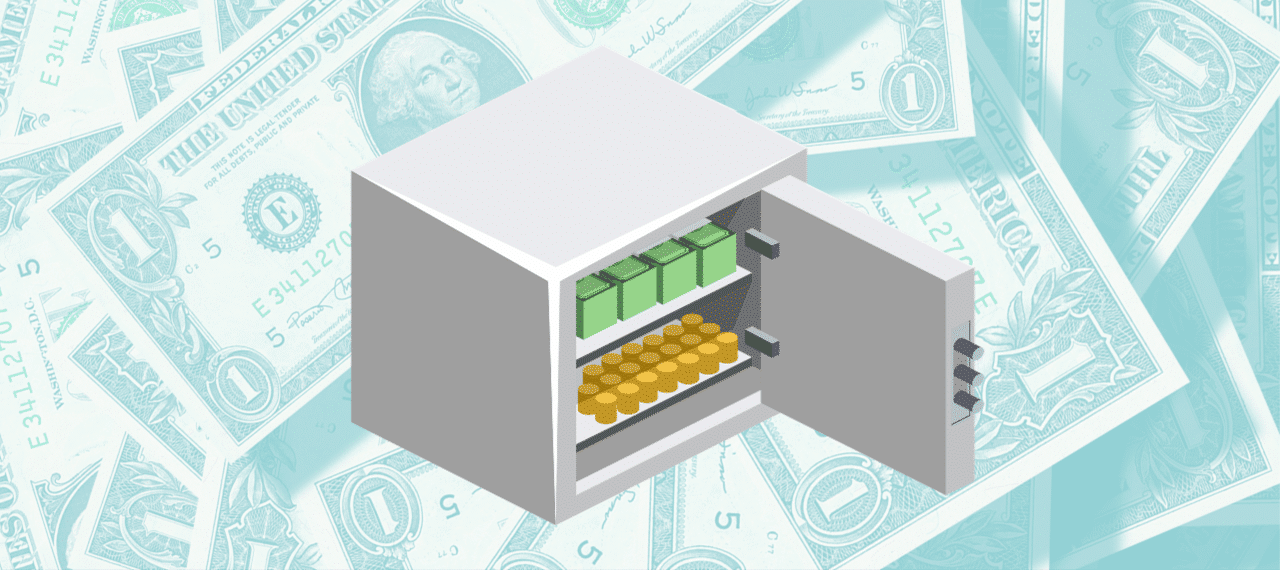A restaurant’s cash register is a vital point of interaction between a restaurant and its guests. Whether you’re providing a quick-service lunch or a sit-down experience, having great cash register training not only ensures smoother transactions, but great customer experiences. Follow these tips to make your employee training stress-free; learn how to keep your transactions organized and enjoyable for both guests and employees.
First step: Have a great POS system
The restaurant POS system market has seen a lot of disruption from the tech industry in the last decade. There are now a lot of options for restaurants to choose between, many of which are providing higher value to their users.
Look at options that provide you added value beyond just the standard transaction. Focus POS, for example, is easy to learn and can be incorporated into your training plans.
When is the right time for some restaurant staff training?
Choosing the right time to train a new employee is an important factor to consider. It’s always a good idea to have new staff shadow competent staff members to learn the ropes and it’s best practice to conduct those shadowing sessions when it’s not too busy. Allow your new employees a bit of time to walk before they run; the more comfortable they are with the POS system the better.
Use the right tools!
A business analytics and cloud video security system like Solink can help identify superstar cashiers by overlaying POS transaction information on top of video security footage recorded by security cameras. You can easily filter transactions by staff member, transaction length, and total price to see who is best behind the cash and who will be best for training new staff.
Learn how Solink is the perfect solution for your business.
“Change” the way you do cash register training
While a cashless economy might be closer than we think, giving change is still a major responsibility for restaurant staff and proper change policies should be a part of any cash register training. Being able to count and give change is a vital skill, and everyone has little tricks to keep things straight.
Use the largest denominations possible
When giving change, count up to the amount the cashier was given. Like this:
“Your total is $16.75 and you gave me $20 so that’s $17, $18, $19, $20.”
Here, the cashier is counting out loud as she hands the guest a quarter and three one dollar bills. This eliminates a lot of confusion and shows a clear line of responsibility between the cashier and the guest. Place security cameras accordingly and train staff to ensure these counts are visible to the cameras, to avoid disputes with guests claiming they’ve been shortchanged.
Coins first, bills second
Notice that in this demonstration our cashier started with the quarter? This is for two reasons:
- It’s easier to count this way
- It’s best to handle coins first and bills second. Think about how many times you’ve dropped coins on the floor after they’ve been placed on top of a bill, especially those slippery new style bills.
Getting coins first has an added bonus: guests may be inclined to drop them into any tip jars or charity boxes that may be sitting near the register.
Have clear policies regarding the safe and the float
Handling a restaurant’s transactions all day can be nerve-wracking for any staff member, and is especially unsettling for a new hire. To ensure cash-handling staff aren’t putting themselves under any undue stress, it’s vital to have strict and clear rules on handling the float and the backroom safe.
Keep the safe, safe!
We have created a handy guide to organizing the typical backroom safe, complete with a printable shopping list and guide on how to separate bills, coins, and register tills. Having an efficient system for replenishing tills in the middle of a busy day will eliminate a lot of stress at the end of the day.
Make sure the float stays balanced
Be absolutely clear with staff on policies regarding access to the safe and what to do with float shortages and overages. There is a certain level of “wiggle room” expected with cash balance variance, but make sure both current and incoming staff are clear on what those are. Typically, the float shouldn’t be over or short by more than $3 a day.
Teach new staff how to spot fakes
Despite all the advances in printing currency, counterfeiting is still a big problem. The purple-hued UV scanner has become ubiquitous next to cash registers, but how many people really know what to look for? Consult your federal government’s website and your bank to keep up-to-date on counterfeiting schemes, fraud targets, and other nefarious deeds.
Transform restaurant staff into counterfeit sleuths
Both the Bank of Canada and the US Currency Education Program have online resources for teaching the various security features baked into dollar bills and training programs for spotting fakes. Having one staff member properly trained in these techniques is a smart move, as they can hold staff training sessions to pass on the info.
Have security in mind when creating your cash handling procedures
Cash handling represents a security risk. You should keep that in mind when designing your cash handling policy. Some simple best practices include the following:
- Minimize how often cash is handled.
- Count and transfer cash away from customers.
- Always have at least two people count or move cash.
Trust your people with these best practices!
After implementing these steps, your new staff will be ready to face whatever is thrown at them while handling transactions. While it’s impossible to watch over 100% of the transactions, using these training tactics and the right tools will ensure your staff are able to confidently face the frontlines of your restaurant business.
Make sure staff are armed with the right software and systems combo to make running your restaurant smoother and easier.

